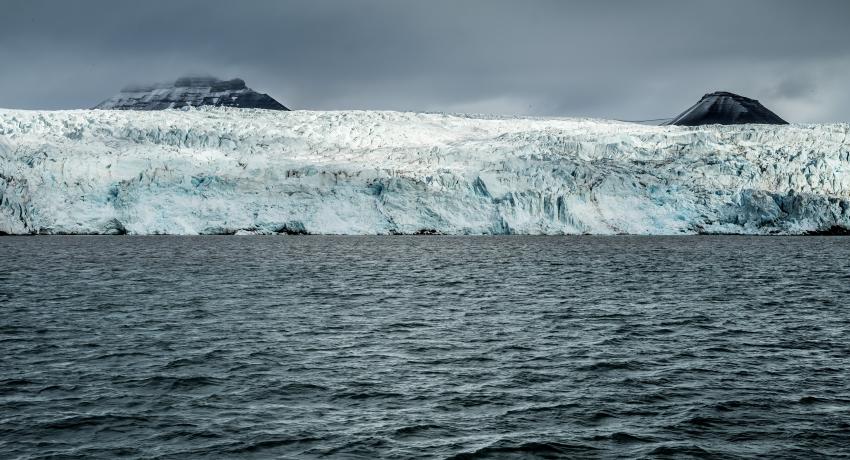
About 50 % of the glaciated area outside the large ice sheets is located in the Arctic, and they contribute about 30 % to the runoff. IPCC predicts that the largest contribution to global sea level rise will stem from glaciers and ice caps. However, the uncertainties are large, up to 50%. Present estimates of mass balance of Svalbard glaciers are scarce and vary from close to balance to significantly negative. The dynamic response of the glaciers varies on the different glacier types: 1) Ice caps 2) tidewater glaciers and 3) glaciers ending on land. We are interested in estimating how changes in climate can affect the future mass balance of Svalbard glaciers and, consequently, the contribution to sea-level rise. This will be accomplished through modelling of ice flow, including calving fluxes, supported by field data. The proposed modelling work also includes Regional Climate modelling providing surface mass balance estimates for the whole of Svalbard, surface mass balance modelling for targeted glaciers and sensitivity analysis by different approaches using degree-day and energy balance models as well as couplings to atmosphere, hydrology and dynamics. A warmer climate may change both surface processes (snow accumulation, internal refreezing, superimposed ice and ablation) and dynamics. Predictions of future mass balance and dynamic response require boundary information about the thermal structure of the ice, the present and past surface mass balance, meteorological data/atmospheric field studies (AWS), surface and bed topography and current flow. These points will be the main focus for the field and remote sensing investigations. Remote sensing data is the only way to get enough spatial data, but must be validated by field data. We propose to address the above questions in a set of complementary field, remote sensing and modelling programs.
Progetto transnazionale triennale (2010-2013), coord. Dept Earth Sci., Univ. Silesia (Poland)/ente finanziatore: consorzio PolarClimate (da ESF EUROPOLAR ERA-NET).







